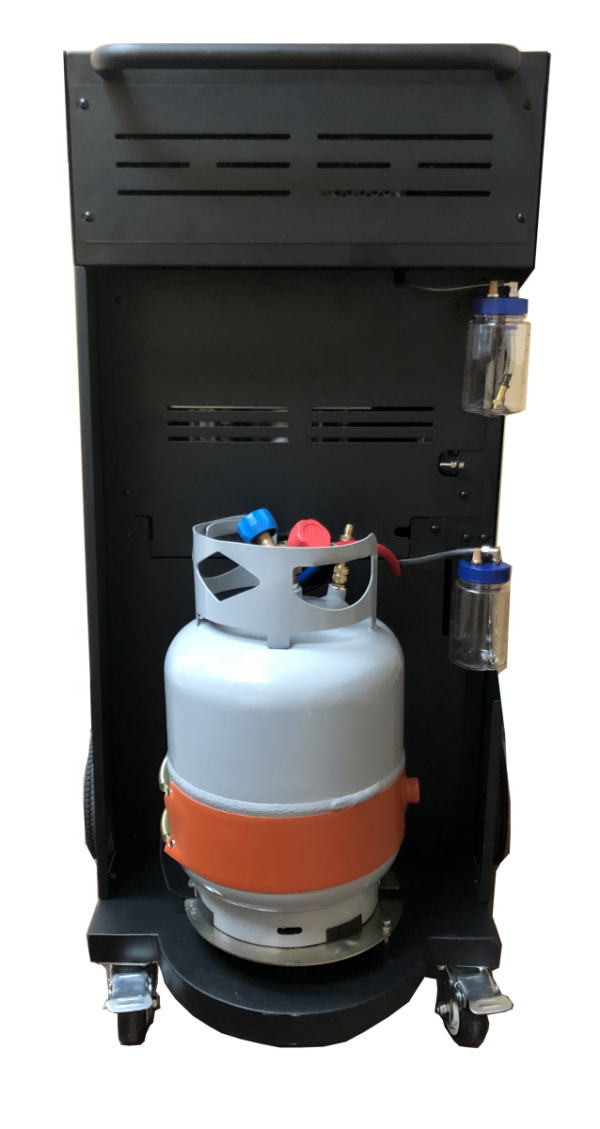

The air will reduce the overall heat transfer coefficient of the vapor inside the tube. This will result in the displacement of space used by the refrigerant for heat transfer and condensation. It will not flow to the condenser outlet like liquid refrigerant does after it’s been condensed, but instead it will remain trapped inside the condenser tubing. A non-condensable gas will remain a vapor in the condenser. The process of condensation requires the refrigerant to get close to the walls of the condenser, transfer its heat to the surface, which then flows out to the fins and gets into the surrounding ambient air. On the high pressure side, after the compressor has done its job compressing and raising the temperature and pressure of the refrigerant, this refrigerant in a vapor state is supposed to condense in the condenser. The air conditioning system is virtually divided in two sides, one side is a high pressure high temperature and the other is a low pressure low temperature. What are the effects of air or other non-condensable gas on the system? This non-condensables gases will remain inside the hvac system causing a variety of issues.

Another way for non-condensable gases to get into the system is when a system is pressurized using nitrogen to perform a leak test, or during the repair of an ac line using argon when brazing in order to reduce oxidation buildup inside the ac line. After a/c service, repair or installation in many cases while disconnecting the air conditioning gauges from the system the service valve core that resides inside the service port get damaged. Air may also be drawn into a system through a low side service valve core leak, leaking ac hose, damaged aluminum line or a fitting. Every time the air conditioning system is open for any component replacement, installation or repair, surrounding air and moisture will find its way into the system. Their boiling point is so low that they’ll remain in a gaseous phase during the whole automotive air conditioning cycle. Automotive systems don’t operate under such conditions that condensation of these gases will be possible. The most common non-condensable gases found in automotive systems are air, nitrogen, argon, and maybe carbon dioxide. How does air or other non-condensable gases get into the air conditioning system of a car? Non-condensable gases have a serious impact on system performance, operating conditions, and lifetime of an air conditioning system. Non-condensable gases (in most cases surrounding ambient air), are not able to condense inside the air conditioning condenser, unlike refrigerant gases like R-134a or R-1234yf. Non-condensable gases (ambient air) inside the a/c system.


 0 kommentar(er)
0 kommentar(er)
